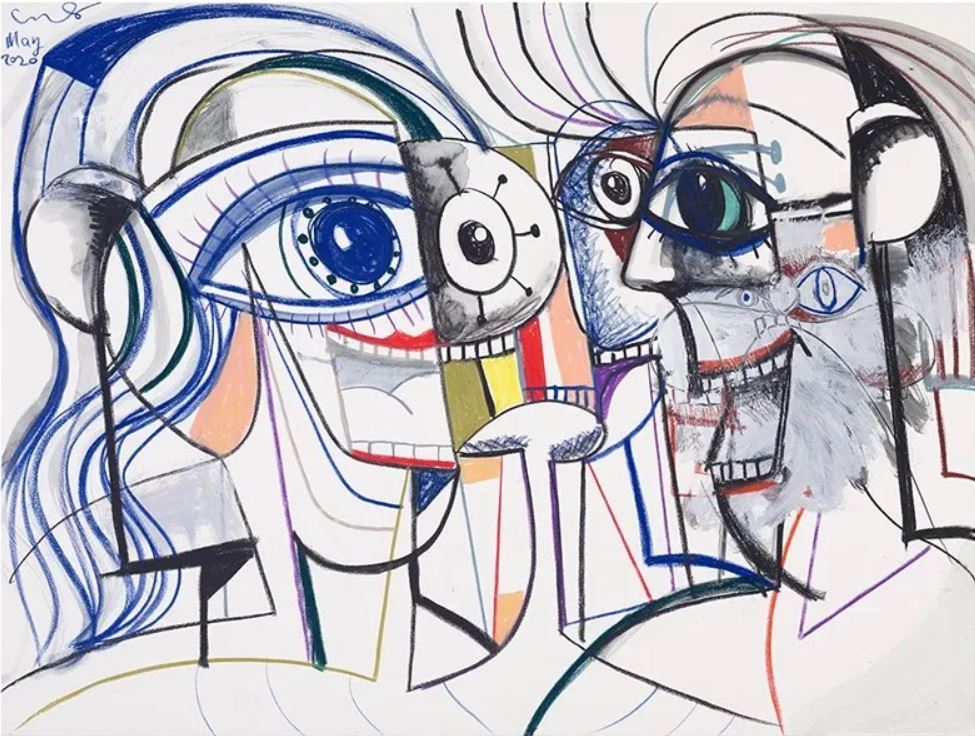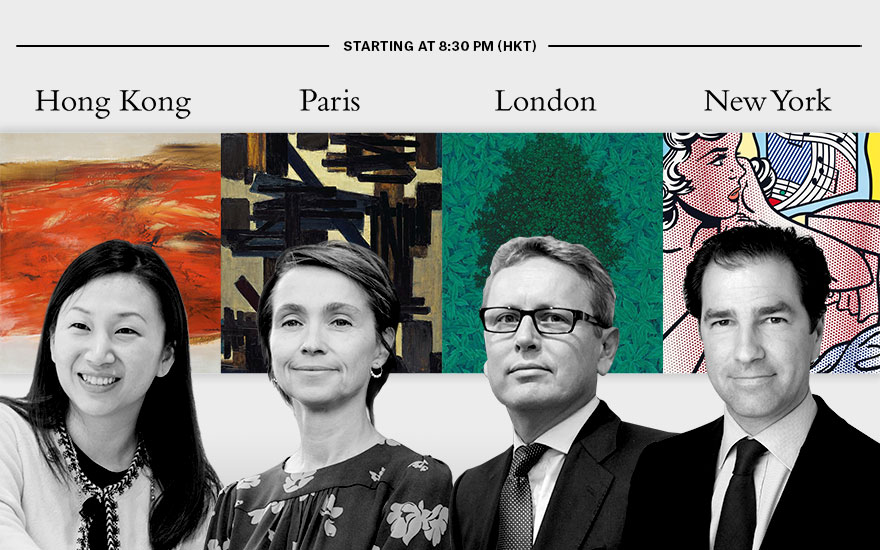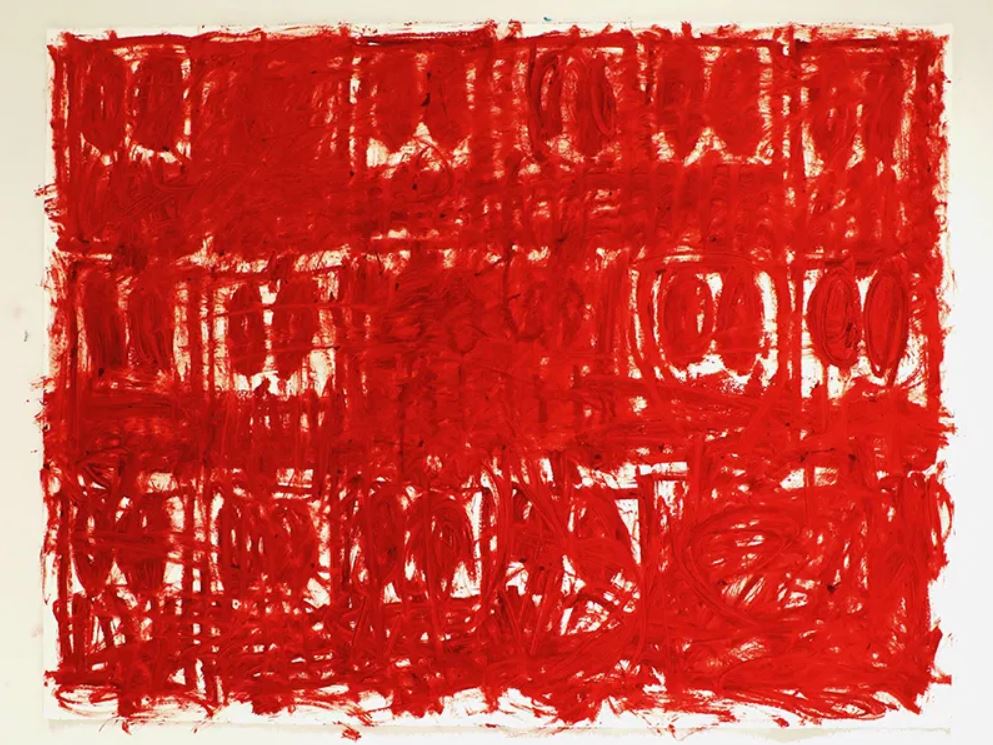
“Multiple Personalities (2020) by George Condo,
Courtesy of Christie’s International Real Estate
As in many other industries around the globe, the past few months have caused a reconciliation within the art world on what the future of art sales will look like during quarantine as well as down the road. Many of the world’s leading galleries are driving forces behind new digital initiatives that will revolutionize the industry. In its recent article “Art News: How Online Art Auctions Have Become a Platform for Change,” Christie’s International Real Estate reflects on the novel ways that top institutions are bringing art into people’s shelter-in-place lives as well as benefiting those in need.
On July 10th, Christie’s presents One, a re-imagined global 20th century art auction spanning four cities in real time across multiple time zones including works by Picasso, Lichentenstein, and Zao Wou-Ki. The same day, Christie’s New York and amfAR, The Foundation for AIDS Research, are offering a dedicated selection in the Post War and Contemporary Art Day Sale devoted to raising funds for COVID-19 research. “From the Studio will present contemporary artworks that have been generously donated by leading collectors and by artists themselves, including new works never before seen by the public…”

Also highlighted are Hauser & Wirth, a high-profile gallery with spaces in Zurich, London, Los Angeles, Hong Kong, Gstaad, and St. Moritz, with its #artforbetter exhibition. “’It’s clear that these critical times demand a charitable response,” says Hauser & Wirth cofounder Iwan Wirth. “We see ourselves as members of a worldwide community, and our support of the World Health Organization is a way to participate in an immediate humanitarian effort.’”

Courtesy of Christie’s International Real Estate
The Maddox Gallery in London has also worked to raise funds for heathcare workers in the U.K.’s National Health Service with its #ArtForHeroes campaign. Director Jay Rutland explains some of the changes that have come to his gallery since the start of the pandemic. “‘The explosion of digital initiatives following the cancellation of fairs and the closure of auction houses and galleries has proved to be effective,” he says. “During lockdown, we have built two virtual showrooms that have received over 10,000 visitors exploring our artists’ work. We will certainly continue to embrace this technology.
Without question, the key to the art market is to adapt to changing social and economic times. Change is the only way forward.’”
